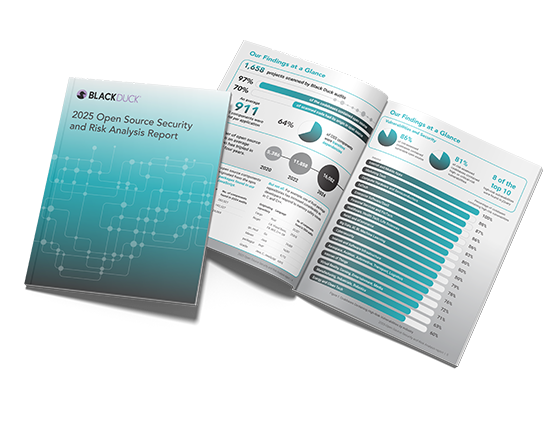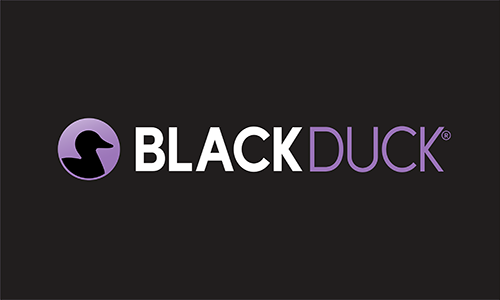Subscribe to the blog newsletter
Get answers from the Community
In today’s software development landscape, speed is everything. Agile methodologies, continuous delivery, and increasing customer expectations are pushing development teams to ship code faster than ever. But with this velocity comes risk—bugs, vulnerabilities, and noncompliance can slip through the cracks if reliability isn’t baked into the workflow from the start.
Fortunately, speed and reliability aren’t mutually exclusive. Static analysis—especially when integrated early and deeply into the developer workflow—offers a way to detect issues before they become problems. And with comprehensive tools like Coverity® Static Analysis and Black Duck’s® suite of software composition analysis (SCA) solutions, it’s possible to enhance software reliability without disrupting delivery momentum.
Here’s a three-step approach to improving the reliability of your software by seamlessly adding testing to your dev workflows in a way that doesn't compromise speed.
Step 1: Integrate static analysis directly into the IDE
Reliability starts at the source—literally. When static analysis is embedded within the integrated development environment (IDE), developers can receive real-time feedback as they write code. This shift-left approach enables immediate issue detection, allowing developers to catch and fix vulnerabilities like SQL injection, buffer overflows, and cross-site scripting during the coding phase—before code is even committed.
Coverity supports this model by integrating directly with popular IDEs like Eclipse, Visual Studio, and IntelliJ. This developer-centric workflow reduces context-switching and streamlines remediation.
Additionally, Coverity supports over 22 programming languages—including C, C++, Java, C#, Python, JavaScript, and Go—ensuring comprehensive coverage across diverse tech stacks.

What's in your code?
Explore insights into the current state of open source security and get recommendations for securing your open source supply chain
Step 2: Automate code scanning within the CI/CD pipeline
Real-time feedback during development is powerful—but automated enforcement is essential. Integrating static analysis into the CI/CD pipeline ensures that every build, branch, and pull request is evaluated for quality and security before it reaches production.
Coverity enables automated scanning at key stages in the pipeline. This ensures that no flawed or noncompliant code gets merged, while also enforcing coding standards and compliance with frameworks like OWASP, CERT, and MISRA.
Black Duck SCA enhances this layer with deep SCA, identifying open source components, license obligations, and known vulnerabilities—critical in today’s environment where 70% of code in modern applications originates from open source.
Together, these tools provide a dual layer of defense: comprehensive static analysis for proprietary code and SCA for third-party components. And when paired with source code management (SCM) tools like GitHub or GitLab, scan results are displayed as comments on pull requests—accelerating team collaboration and remediation at the source.
Step 3: Utilize dashboards for visibility and continuous improvement
Once static analysis and SCA are in place, visibility becomes key. Dashboards provide centralized insights into code quality, security vulnerabilities, and compliance status across projects and teams.
Coverity offers robust reporting that not only helps developers, but also aids in communicating software health to nontechnical stakeholders. Executives and product owners can see at a glance whether codebases meet internal standards or require intervention.
Trend analysis features allow security and quality leaders to track key metrics over time—such as vulnerability reduction rates, technical debt, and policy violations—making it easier to prioritize improvements and measure the impact of your secure coding practices.
Key takeaways for building reliable software fast
Want to improve the reliability and security of your software without sacrificing speed? Here's what to focus on:
- Use static code analysis inside your IDE to catch issues like SQL injection and buffer overflows early.
- Connect to SCM tools like GitHub or GitLab to trigger pull request checks and shift security left.
- Automate code scanning in your CI/CD pipeline to enforce code quality and compliance before merging.
- Integrate software composition analysis (SCA) to identify open source risks and enforce license compliance.
- Generate and maintain SBOMs (Software Bills of Materials) to improve software supply chain visibility.
- Use dashboards to track vulnerabilities, trends, and policy adherence over time.
- Make compliance with secure development frameworks such as SLSA, NIST SSDF, and CISA easier with integrated tools like Coverity and Black Duck SCA.
Reliable code, without the slowdown
Building reliable software doesn’t have to slow your team down. By integrating static analysis directly into the IDE, automating quality checks in the CI/CD pipeline, and using dashboards for continuous improvement, you can strengthen your software development life cycle without sacrificing speed.
Coverity’s deep static analysis, combined with Black Duck SCA’s unmatched capabilities, gives your team the tools they need to proactively manage risk at every stage of development. From real-time issue detection to premerge validations and executive-level reporting, these solutions are built for modern DevSecOps workflows.
Ready to improve your code reliability without slowing down? Request a demo to evaluate your current processes and see how Coverity can optimize your developer workflow—so you can build better, faster, and safer.
Continue Reading
AI in DevSecOps: A critical crossroads for security and risk management
Oct 08, 2025 | 6 min read
Three steps to ensuring the reliability and security of your C++ projects
Jun 03, 2025 | 3 min read
How to secure AI-generated code with DevSecOps best practices
May 08, 2025 | 3 min read
Security automation and integration can smooth AppSec friction
Jan 23, 2025 | 6 min read
Overcome AST noise to find and fix software vulnerabilities
Jan 06, 2025 | 6 min read








